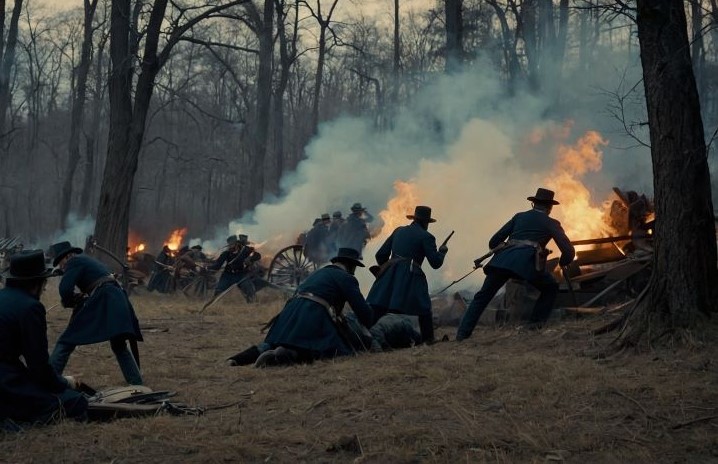U.S Civil War: Dixie Democrats vs Union Republicans
The American Civil War (1861–1865) was a pivotal moment in United States history. It was a brutal conflict that tore the nation apart, leaving deep scars that still resonate today. At its core, the war was a struggle over fundamental issues such as states’ rights, slavery, and the preservation of the Union.

Dixie Democrats
- Southern States: The Southern states, often referred to as the “Dixie” states, were predominantly agrarian and heavily reliant on slave labor. Their economy revolved around cotton, tobacco, and other cash crops. These states fiercely defended their right to maintain slavery and saw it as essential to their way of life.
- Democratic Party: The Democratic Party in the South was dominated by pro-slavery politicians. They championed states’ rights and opposed any federal interference in matters related to slavery. Prominent figures like Jefferson Davis and John C. Calhoun were staunch defenders of the Southern cause.
- Secession: When Abraham Lincoln, a Republican, was elected as the 16th President of the United States in 1860, Southern states feared that his administration would threaten their slaveholding interests. In response, several states seceded from the Union, forming the Confederate States of America.
Union Republicans
- Northern States: The Northern states, also known as the Union states, were more industrialized and diverse. They had a growing population, urban centers, and a burgeoning manufacturing sector. While not uniformly abolitionist, they generally opposed the spread of slavery into new territories.
- Republican Party: The Republican Party, founded in the 1850s, emerged as a major force in Northern politics. Led by figures like Abraham Lincoln, they advocated for the containment of slavery and the eventual abolition of the institution. Their platform emphasized economic development, infrastructure, and modernization.
- Preserving the Union: For Union Republicans, the preservation of the United States as a single nation was paramount. They believed that secession was unconstitutional and that the federal government had the authority to prevent it.
The Civil War began in April 1861 when Confederate forces bombarded Fort Sumter in South Carolina. Over the next four years, battles raged across the country, from Gettysburg to Antietam, from Bull Run to Appomattox. The conflict claimed hundreds of thousands of lives and devastated entire communities.

The war ultimately resulted in the defeat of the Confederacy and the abolition of slavery. However, its impact extended beyond the battlefield. It reshaped the nation, solidified federal authority, and set the stage for Reconstruction—a tumultuous period of rebuilding and reconciliation.
As we reflect on this pivotal chapter in our history, let us remember the sacrifices made by those who fought on the side of freedom, all in an effort to form a more perfect union—one that honors the principles of freedom, equality, and unity.

